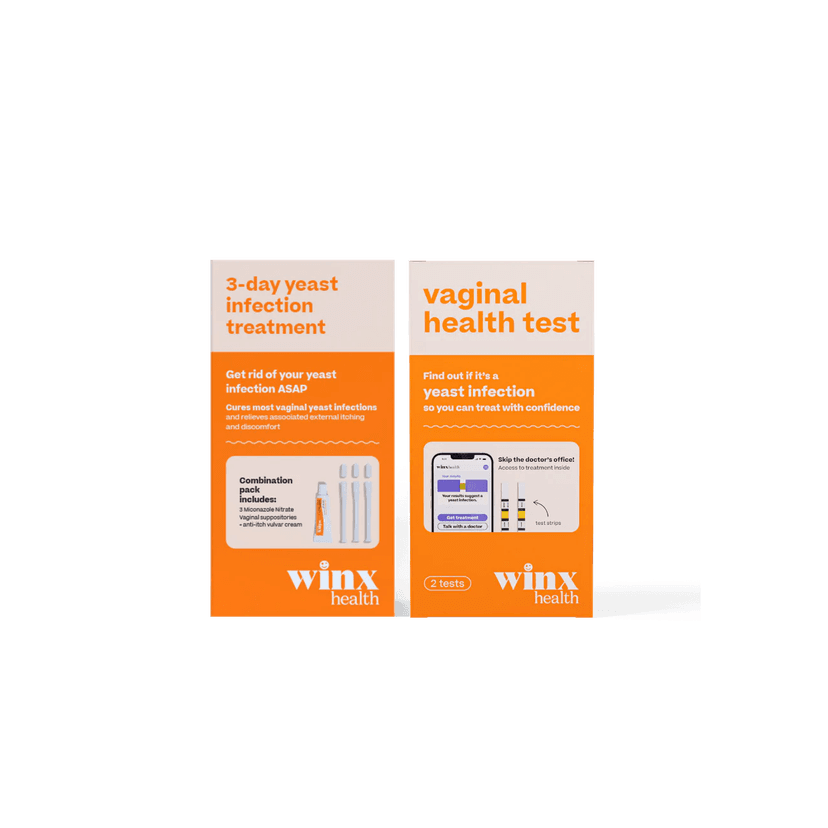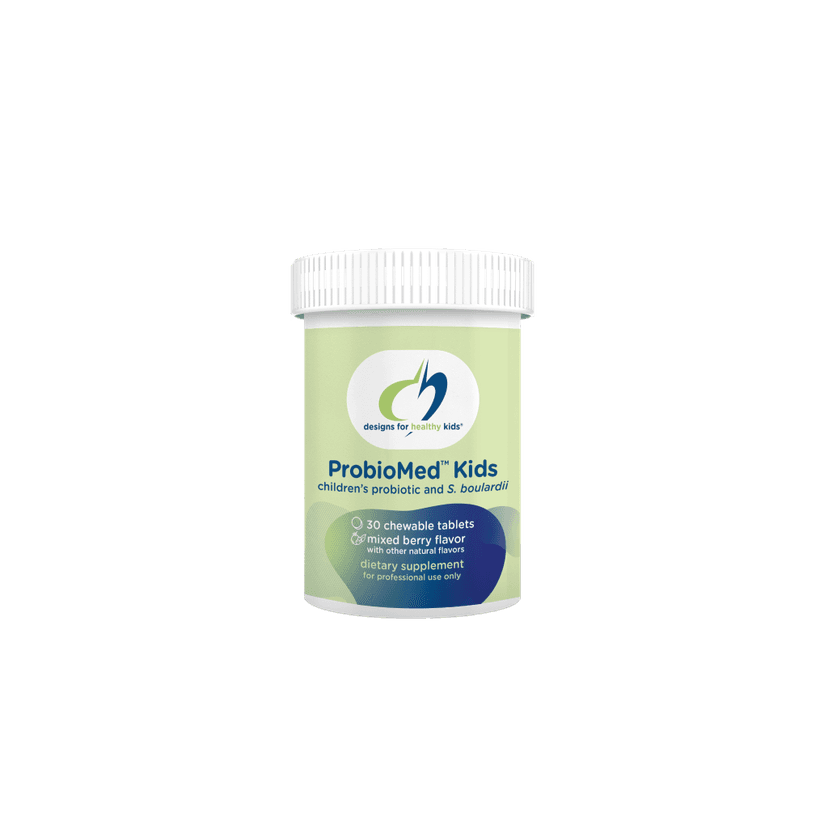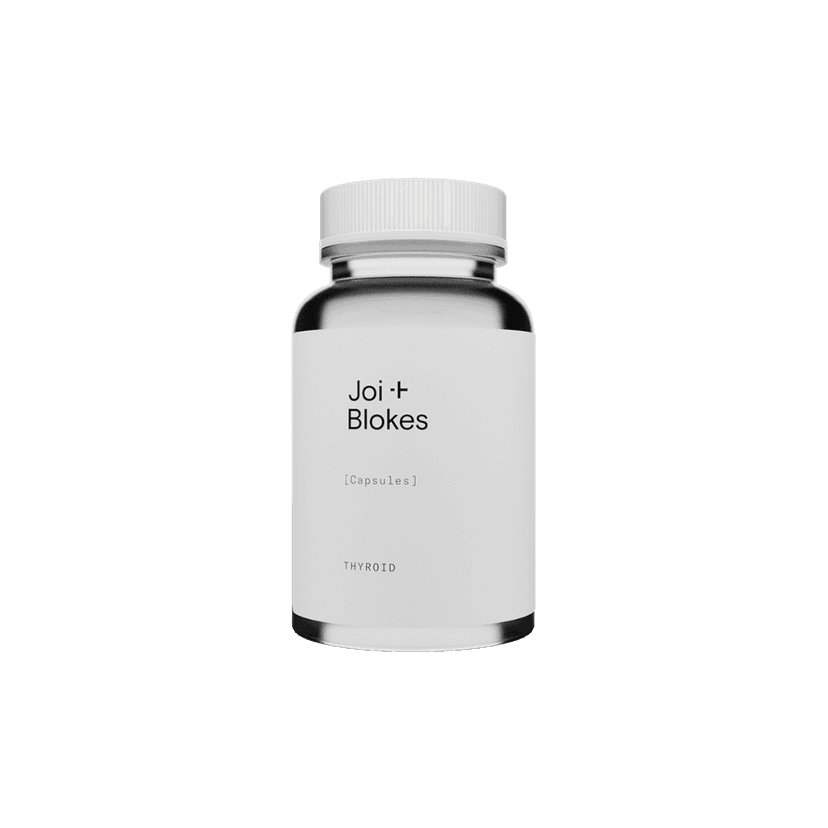Heart Rate Variability, or HRV, is a measure of the tiny changes in time between your heartbeats. Unlike your heart rate, which tells you how many times your heart beats in a minute, HRV looks at the exact time between each beat. This can tell you a lot about your overall health and how well your body handles stress. Keep reading to learn why HRV is important and how you can improve it.
Key Takeaways
- Heart Rate Variability (HRV) measures the small changes in time between heartbeats.
- A higher HRV often means your body is more ready to handle stress and perform well.
- Factors like age, lifestyle, and medical conditions can affect your HRV.
- You can measure HRV using wearable devices or medical equipment.
- Improving your HRV can involve exercise, good nutrition, and proper sleep.
Understanding Heart Rate Variability
Definition of HRV
Heart Rate Variability (HRV) is the variation in the time interval between heartbeats. For example, if your heart rate is 60 beats per minute, it doesn't mean your heart beats exactly once every second. Instead, there might be 0.9 seconds between two beats and 1.15 seconds between others. Higher variability indicates a more adaptable and resilient heart.
How HRV Differs from Heart Rate
While heart rate measures the number of times your heart beats per minute, HRV looks at the small changes in the time between those beats. Heart rate is a straightforward count, but HRV provides deeper insights into your autonomic nervous system and overall health.
Physiological Basis of HRV
HRV is influenced by the autonomic nervous system, which has two main parts: the sympathetic and parasympathetic systems. The sympathetic system prepares your body for 'fight or flight' responses, while the parasympathetic system helps with 'rest and digest' activities. A balanced interaction between these systems results in higher HRV, indicating good health and stress resilience.
Understanding HRV can help you gauge your physical fitness, mental well-being, and ability to manage stress effectively.
The Importance of Heart Rate Variability
Indicators of Physical Fitness
Heart Rate Variability (HRV) is a key indicator of physical fitness. A higher HRV often means better cardiovascular health and a more resilient body. Athletes and fitness enthusiasts use HRV to monitor their training progress and recovery. A consistent HRV can help in optimizing workout routines and preventing overtraining.
Connection to Mental Health
HRV is closely linked to mental well-being. People with higher HRV tend to have better emotional regulation and lower levels of anxiety and depression. This is because HRV reflects the balance between the sympathetic and parasympathetic nervous systems, which control stress responses and relaxation.
Role in Stress Management
Managing stress effectively is crucial for overall health, and HRV plays a significant role in this. A higher HRV indicates a better ability to handle stress. Techniques like deep breathing, meditation, and mindfulness can improve HRV, helping you manage stress more efficiently.
Monitoring your HRV can provide valuable insights into your physical and mental health, helping you make informed decisions about your lifestyle and well-being.
Factors Influencing Heart Rate Variability
Age and Gender
Age and gender play a significant role in heart rate variability (HRV). As people age, their HRV tends to decrease. This is a natural part of aging. Men and women also show differences in HRV, with women generally having higher HRV than men, especially during their reproductive years.
Lifestyle and Habits
Your daily habits and lifestyle choices can greatly impact your HRV. Regular physical activity, a balanced diet, and adequate sleep can improve HRV. On the other hand, smoking, excessive alcohol consumption, and a sedentary lifestyle can lower HRV. Stress management techniques like meditation and deep breathing exercises can also positively influence HRV.
Medical Conditions
Certain medical conditions can affect HRV. Chronic illnesses such as diabetes, heart disease, and hypertension are known to reduce HRV. Additionally, mental health conditions like anxiety and depression can also lower HRV. Monitoring HRV can help in managing these conditions more effectively.
Understanding the factors that influence HRV can help you make better lifestyle choices to improve your overall health and well-being.
How to Measure Heart Rate Variability
Wearable Devices
The easiest way to measure your heart rate variability (HRV) is by using wearable devices. Devices like Apple Watch, Garmin, FitBit, and Whoop can track HRV and provide insights into your body's stress levels and recovery needs. These devices are user-friendly and accessible, making it simple for anyone to monitor their HRV.
Medical Equipment
For more precise measurements, medical equipment such as electrocardiograms (ECGs) and photoplethysmography (PPG) can be used. ECGs measure the electrical activity of your heart and are typically done in a doctor's office. PPG uses infrared light to detect changes in your heartbeats and is usually performed in a hospital setting.
Interpreting HRV Data
Interpreting HRV data can be complex, but most wearable devices offer user-friendly interfaces that simplify the process. Generally, higher HRV indicates better cardiovascular fitness and lower stress levels. However, it's essential to consider individual differences and consult healthcare professionals for accurate interpretations.
Monitoring your HRV can provide valuable insights into your overall health and well-being. Whether using wearable devices or medical equipment, understanding your HRV can help you make informed decisions about your lifestyle and health.
Improving Your Heart Rate Variability
Exercise and Physical Activity
Regular exercise is one of the best ways to improve your heart rate variability (HRV). Engaging in both aerobic and anaerobic exercises can boost your HRV. Activities like running, swimming, and weightlifting are excellent choices. Aim for at least 150 minutes of moderate-intensity exercise per week.
Diet and Nutrition
Eating a balanced diet rich in fruits, vegetables, lean proteins, and whole grains can positively impact your HRV. Avoid excessive intake of processed foods, sugars, and unhealthy fats. Staying hydrated is also crucial for maintaining good HRV levels.
Sleep and Relaxation Techniques
Quality sleep is essential for a healthy HRV. Aim for 7-9 hours of sleep per night. Relaxation techniques such as deep breathing, meditation, and yoga can also help improve your HRV by reducing stress levels.
Taking care of your mental health is just as important as physical health when it comes to improving HRV. Simple practices like mindfulness and relaxation can make a big difference.
When to Consult a Healthcare Professional About HRV
It's important to talk to your doctor if you notice any unusual patterns in your heart rate variability (HRV). Persistent low HRV that doesn't improve with lifestyle changes is a key sign. Other symptoms to watch for include:
- Dizziness or fainting
- Fatigue
- Irregular heartbeats
- Gastrointestinal issues
When you consult a healthcare professional about your HRV, they may recommend several diagnostic tests. These could include:
- Electrocardiogram (ECG) to measure electrical activity of the heart
- Holter monitor for continuous heart rate tracking
- Blood tests to check for underlying conditions
If your HRV is abnormal, your doctor will discuss treatment options. These might involve lifestyle changes, medications, or other interventions. The goal is to improve your overall health and, consequently, your HRV.
Regular check-ups and open communication with your healthcare provider are essential for managing your HRV effectively.
Conclusion
Heart rate variability (HRV) is a key indicator of your overall health and well-being. By understanding and monitoring your HRV, you can gain insights into how well your body is managing stress, recovering from exercise, and even fighting off illness. Higher HRV generally means your body is more adaptable and resilient, while lower HRV can be a sign that you need to take better care of yourself. With the help of modern technology like wearable devices, keeping track of your HRV has never been easier. Paying attention to this important metric can help you make more informed decisions about your health and lifestyle, leading to a happier, healthier life.
Frequently Asked Questions
What is Heart Rate Variability (HRV)?
Heart Rate Variability, or HRV, is the difference in time between each heartbeat. For example, if your heart beats 60 times a minute, the time between beats isn't exactly one second. It might be 0.9 seconds between some beats and 1.1 seconds between others.
Why is HRV important?
HRV can tell you how well your body is handling stress and physical activity. A high HRV usually means your body is doing well, while a low HRV can be a sign of stress or potential illness.
How do you measure HRV?
You can measure HRV using wearable devices like fitness trackers or smartwatches. Medical equipment in a doctor's office can also measure HRV more accurately.
What factors affect HRV?
Many things can affect HRV, including your age, gender, lifestyle, and any medical conditions you might have. Even your daily habits like diet and exercise can make a difference.
Can I improve my HRV?
Yes, you can improve your HRV by exercising regularly, eating a healthy diet, getting enough sleep, and practicing relaxation techniques like meditation.
When should I see a doctor about my HRV?
If you notice a big drop in your HRV or have other symptoms like feeling very tired or unwell, it's a good idea to see a doctor. They can run tests to find out what's going on and suggest treatments.
























